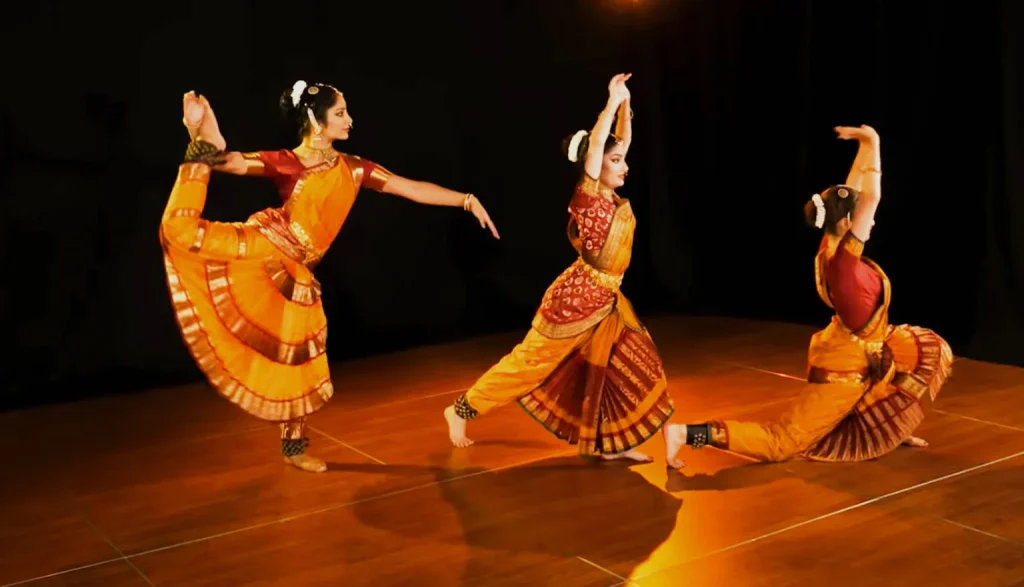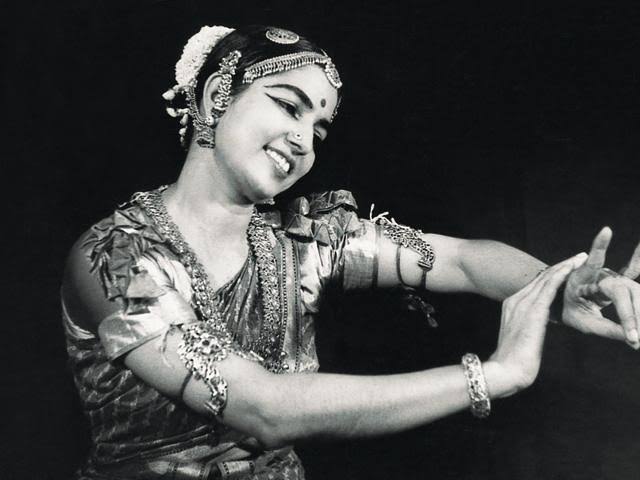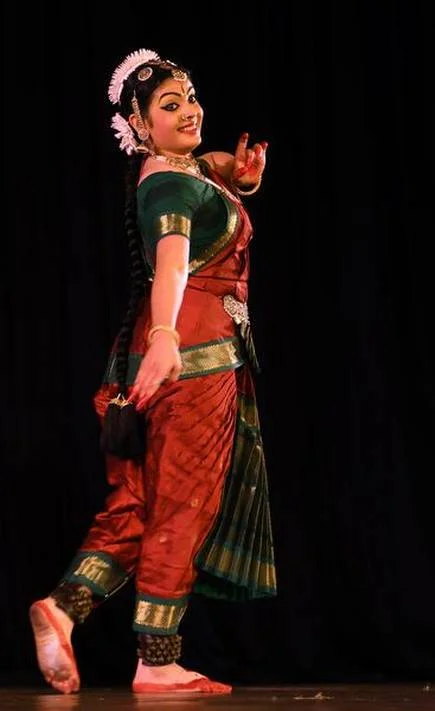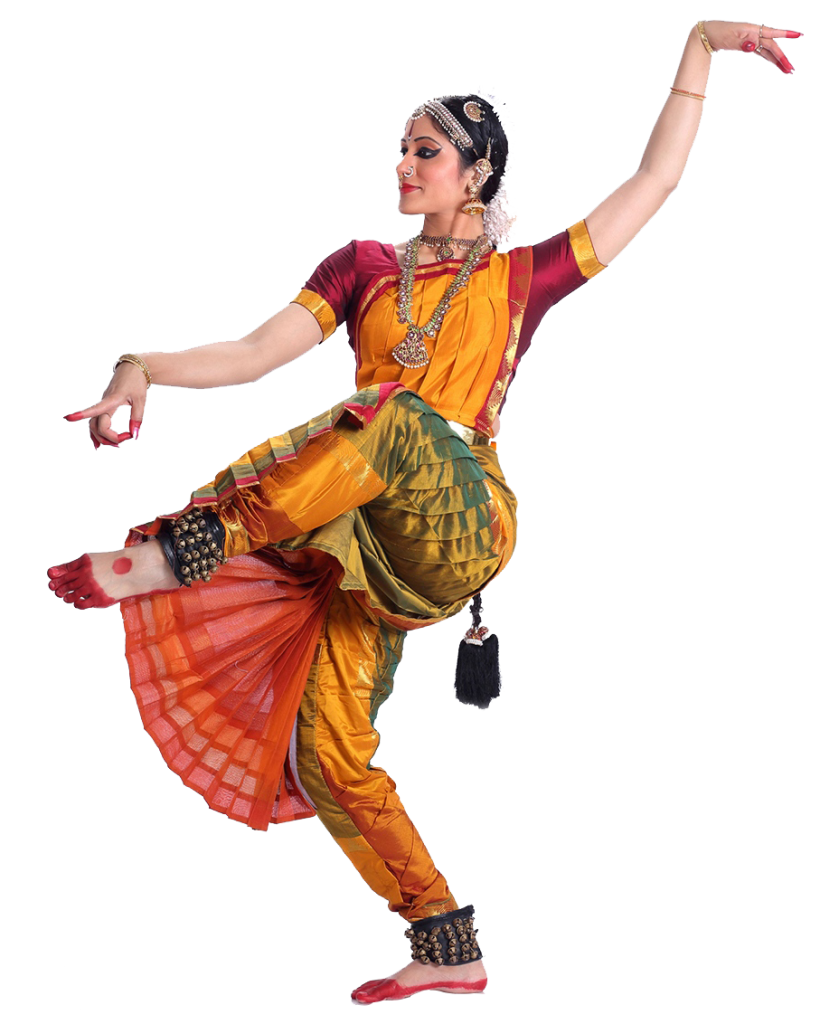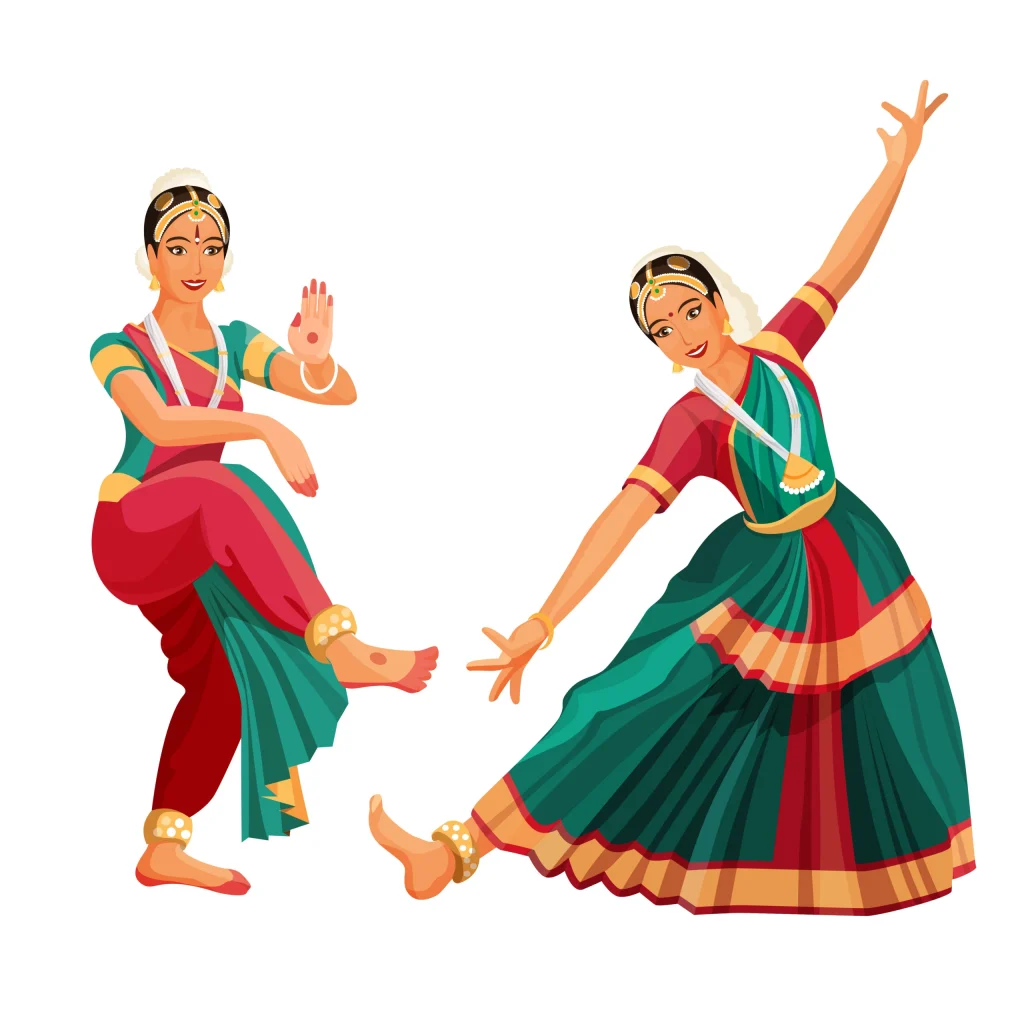Bharatanatyam Songs
The various dance forms in Indian tradition have their unique songs. These songs are composed of various ragas and compositions to suit the temper of the dance forms. Being a South Indian dance form, most of the songs that are used in Bharatanatyam are written in South Indian.
Moreover, being a dance form, which was previously done in temples as an ode to various Gods, there are also unique songs that are exclusively written as a prayer to various Gods and Goddesses.
Although there are various songs now used in Bharatanatyam dance form like Western songs, various Hindu songs but this article will exclusively deal with the songs which were traditionally used in Bharatanatyam and are most common.

Let’s now get to what are the most popular songs dedicated to Bharatanatyam.
Most Popular Bharatanatyam Songs
Aanandha Narthana Ganpathim
This is one of the most significant songs which is used in the Bharatanatyam dance form. This song is specifically used to dedicate a dance to Lord Ganesha who is considered to remove all the obstacles from the path of humankind. There are various mudras and postures which are used to devote to representing this form of dance in Bharatanatyam. This song is in the Sanskrit language and holds on to the essence of Indian traditions and cultures. This is a song that a dancer performs mainly to start a show with an ode to God. It is an extremely important ritual while performing any Classical dance form.
Chinnaranjiru Kiliye
This is a very popular Bharatanatyam song that is used in this Classical dance form. This is one of the most interesting songs which has been written in the Tamil language. This Bharatanatyam song depicts the conversation between a mother and a child. This song brings out the essence of motherly essence, love, and affection for her child. This song comprises of the truest relation which exists on earth and depicts the best relation of the world through the most elegant form of dance. In this song, Lord Krishna is assumed to be a female character whereby compassion and care form the most significant theme.
Angayar Kanni
This Bharatanatyam song represents the theme of the various moods of Goddess Meenakshi. This is also a very famous song on which the dance is performed. The dance form- Bharatanatyam is based on the South Indian culture. This is the reason why most of the songs used traditionally for Bharatanatyam is written on various South Indian Gods and Goddesses. This song hence brings out various moods which are mostly done through various postures and hand gestures in this Classical dance form.
Kaalinga Nardhanam
This Bharatanatyam song is completely related to the mythological anecdote whereby Lord Krishna killed the snake ‘Kaaliya’. But according to the South Indian tradition, ‘Kaaliya’ was better known as the ‘Kaalingan’. These folklores are a very significant part of this classical dance form. Originating from Natya Shastras which represents the Indian mythology exclusively, it is very normal that Gods and Goddesses would be an indispensable part of traditional dance forms, whether it is from North India or South India.
Paluke Bangaramayena
This song represents a prayer and is close to the heart of various performers of Bharatanatyam. It talks about the various good qualities of Lord Rama through the dance form. Through the song, Lord Rama is pleased to grant the prayers of the dancer which are not yet granted by God. This song is a very important one whereby the dancer asks God to grant all the prayers.
Kuzhaloothi Manamellam
This is also a great choice for Bharatanatyam performance to be done on. This also represents the beauty and greatness of Lord Krishna and his unique quality of the melody which he creates through the flute. This song represents a variety of mudras and moves of the dancers. This song perfectly brings out the beauty and elegance of the dance form.
Bho Sambho
This song for a change does not represent the avatars of Lord Vishnu. Bho Sambho represents the extremely energetic Nataraja representing the mood of anger and a highly fast rhythm of Bharatanatyam dance form. This also represents the Tandava dance form in Bharatanatyam whereby the rage and vigor of Lord Shiva are represented. This dance form includes faster moves and high rhythms and the multifarious nature of the god is represented through the dance.
Kaavdi Chindu
This song is also known as the Azhagu Deivamaaga Vandu. This includes some intense moves and mood to the dance form. It is performed as an ode to Lord Muruga, a South Indian god. This is a devotional song in Tamil and is more like a folk song.
Maad Meikkum Kanne
This song represents the child life of Lord Krishna whereby he was considered to be very naughty. Through the dance, the dancer brings out the childhood of Lord Krishna and its uniqueness lies in that.
Vishamakara Kannan
This song is also related to Lord Krishna and the dance brings out the various pranks which Lord Krishna used to do. This has both the feels of emotions and mischievousness which forms the main theme of this song.
Conclusion
Although various forms of contemporary songs are used in modern times in the Classical dance form yet the traditional songs continue to have their prominence in Bharatanatyam.
Share with your friends
